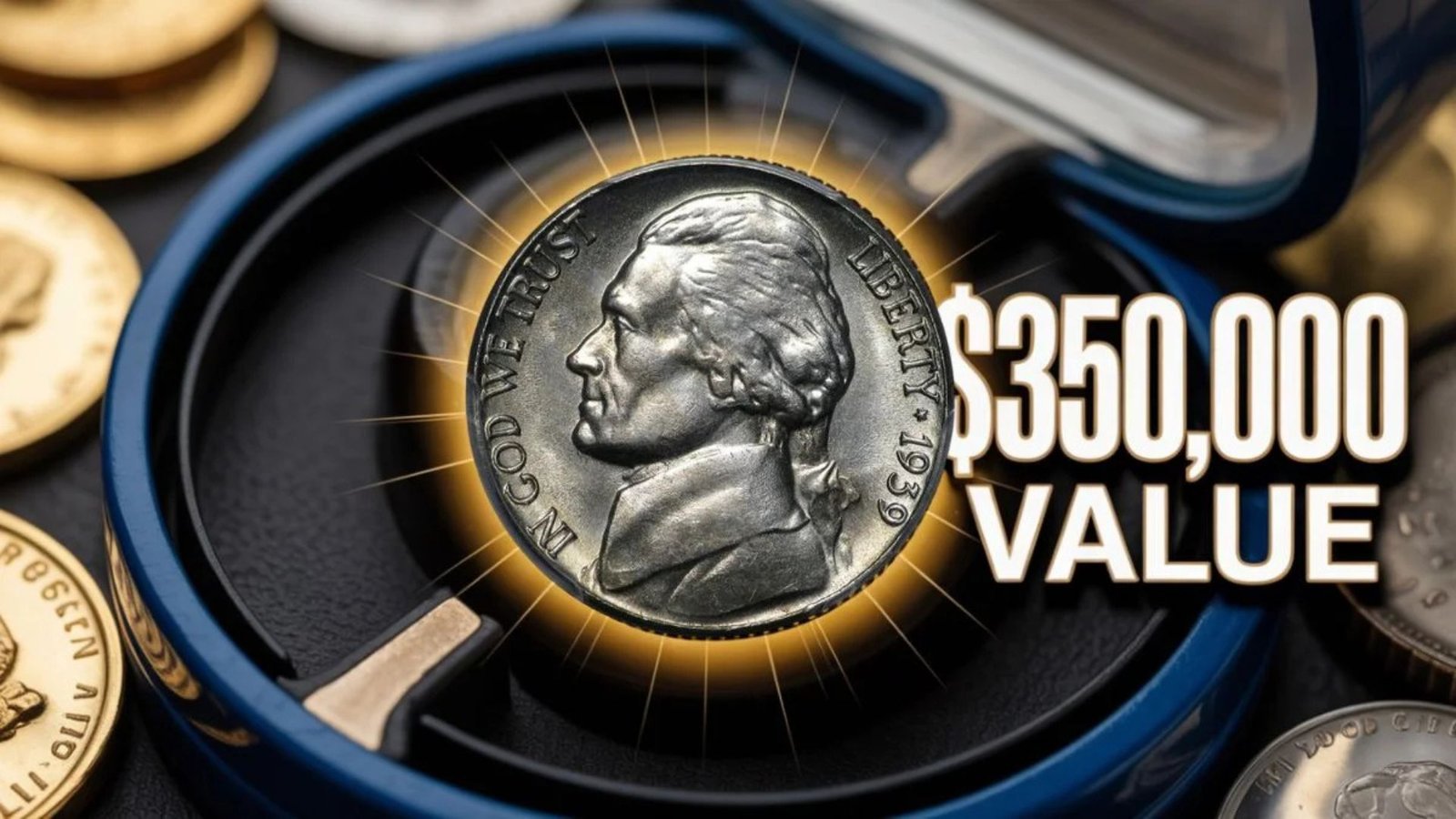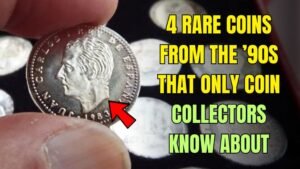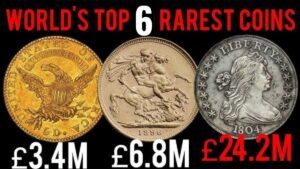In the thrilling world of rare coin collecting, few stories capture the imagination like a hidden gem turning into a life-changing fortune. Imagine digging through an old family attic and stumbling upon a 1939 Jefferson Nickel that’s suddenly valued at $350,000.
This isn’t some movie plot—it’s a real-life discovery that’s buzzing in collector circles. If you’re into numismatics (that’s just a fancy word for coin collecting), or even if you’re new to it, this rare coin spotlight will blow your mind. Stick around as we break down everything about this five-cent wonder, from its secret history to why it’s worth a small mansion today. Ready to dive into the shiny side of history?
What Makes the 1939 Jefferson Nickel So Special?
The 1939 Jefferson Nickel isn’t your average pocket change. Minted right at the start of World War II, this coin was part of a series honoring Thomas Jefferson, the third U.S. president and Declaration of Independence author. But not all 1939 nickels are created equal. The real stars are the ultra-rare varieties with unique twists that make collectors go wild.
The Star of the Show: The Doubled Monticello Die Variety
At the heart of this $350,000 valuation is the “Doubled Die Obverse” version. In simple terms, a “doubled die” happens when the metal die (the stamp that imprints the coin’s design) slips during production, creating faint but noticeable double lines on the date and lettering. For the 1939 nickel, this doubling shows up boldly on the “GOD” in “E PLURIBUS UNUM” and the bottom of the Monticello mansion on the reverse side—Jefferson’s famous Virginia home.
This tiny minting mistake turned a common coin into a rare coin overnight. Only a handful of these survived in top shape, making them like needles in a haystack for savvy hunters. Fun fact: The U.S. Mint struck over 6 million regular 1939 nickels, but the doubled die ones? Experts estimate fewer than 100 exist in pristine condition. That’s what drives the price sky-high!
The Thrilling Discovery Story: From Attic Dust to Auction Glory
Picture this: A retired teacher in Ohio, clearing out her late uncle’s belongings, finds a dusty cigar box stuffed with loose change. Among the pennies and dimes? A shiny 1939 Jefferson Nickel that looked a bit “off” under the light. She took it to a local coin shop, and boom—the owner spotted the doubled die right away. Turns out, this wasn’t just any find; it was graded MS-67 (that’s mint state, meaning near-perfect condition) by the Professional Coin Grading Service (PCGS), one of the top authorities in the biz.
Fast-forward to a major auction in 2023: Bidding wars erupted, and the hammer fell at $350,000—a record for this variety. The buyer? An anonymous collector who beat out heavy hitters from Europe and Asia. Stories like this remind us that rare coins can hide anywhere, turning everyday folks into overnight millionaires (well, almost). If you’ve got old coins gathering dust, it’s time to dust them off!
Why Is This Rare Coin Valued at $350,000? Breaking Down the Factors
Value in the coin world isn’t random—it’s a mix of rarity, condition, and demand. Here’s why this 1939 Jefferson Nickel commands such a premium:
Key Value Drivers
| Factor | Explanation | Impact on 1939 Nickel Value |
|---|---|---|
| Rarity | Only a tiny fraction of 1939 nickels have the doubled die error. | Skyrockets price to $350K+ for top grades. |
| Condition | Graded MS-67: No wear, original luster intact—like it just left the mint. | Multiplies value 10x over worn examples. |
| Historical Appeal | Ties to WWII era and Jefferson’s legacy; sparks nostalgia for older collectors. | Boosts demand from museums and enthusiasts. |
| Market Demand | Hot auction scene—prices up 20% in the last year per PCGS data. | Ensures steady appreciation over time. |
| Provenance | Clean history from a family estate; no shady past. | Adds trust, pushing bids higher. |
As you can see from the table, it’s a perfect storm of factors. Even lesser-grade versions fetch $1,000–$5,000, but hit that MS-67 sweet spot? You’re in six-figure territory.
How to Spot Your Own 1939 Jefferson Nickel Treasure
Dreaming of your own rare coin spotlight moment? It’s easier than you think. Grab a magnifying glass and check these spots:
- Obverse (Front): Look for doubling on the “9” in 1939 and the “L” in PLURIBUS.
- Reverse (Back): Double lines on the Monticello steps and “GOD WE TRUST.”
- Pro Tip: Use good lighting and compare to online images from trusted sites like PCGS CoinFacts.
Don’t forget: Always get it professionally graded to avoid fakes. Scammers love mimicking errors, but real deals like this one are worth the effort.
The Bigger Picture: Why Rare Coins Like This Are Smarter Than Stocks
Investing in rare coins isn’t just about the thrill—it’s smart money. Unlike stocks that crash with the market, top numismatic pieces like the 1939 Jefferson Nickel have averaged 8-10% annual returns over decades, per the Rare Coin Market Index. They’re tangible, portable, and immune to inflation. Plus, in tough times, collectors flock to history you can hold.
This discovery proves anyone can strike gold (or nickel) with a little luck and know-how. Whether you’re a newbie or a pro, the 1939 Jefferson Nickel story is a reminder: History’s hidden gems are waiting to be found.




